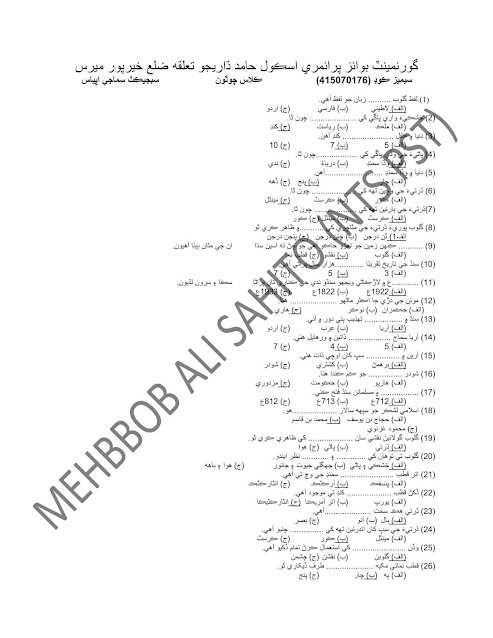The Mongol invasions of Russia and Eastern Europe occurred first with a brief sortie in 1223 CE and then again in a much larger campaign between 1237 CE and 1242 CE. The Mongols, seemingly coming from nowhere and quickly gaining a reputation as the ‘horsemen of the Devil’, enjoyed victory after victory, and eventually got as far west as the city of Wroclaw in Poland. Great cities like Tbilisi, Kiev and Vladimir fell and, reaching the Danube river, they sacked the Hungarian cities of Buda, Pest, and Gran (Esztergom). Neither the Russians or the major European powers could organise themselves sufficiently to adequately meet the five-pronged attack the Mongols had launched or deal with their swift cavalry, incendiary-firing catapults and terror tactics. The rest of Eastern and Central Europe was only saved by the death of Ogedei Khan (r. 1229-1241 CE) which caused the Mongols to retreat. Despite the massive death and destruction there were some lasting cultural benefits to the invasion as the two worlds of east and west finally met. Western travellers began to visit East Asia, a region that had hitherto been a legendary land of monsters - a view the Chinese also held in regard to Europe. With the Mongol invasion of Europe, the world had become a lot more violent and just that bit smaller.

Ogedei Khan
Ogedei Khan became ruler of the Mongol Empire in 1229 CE, inheriting from his father Genghis Khan (r. 1206-1227 CE) an impressive swathe of Asia. The new khan was faced with two major problems at the outset of his reign: first, the imperial treasury was empty and riches were badly needed to keep the Mongol army loyal, and second, the Mongols had


















































